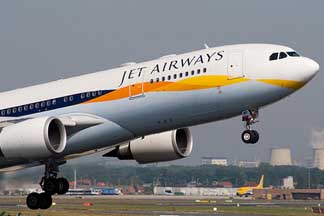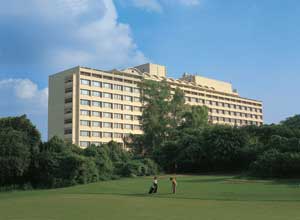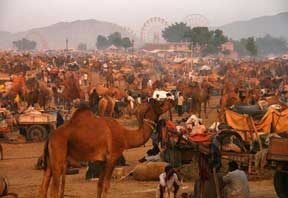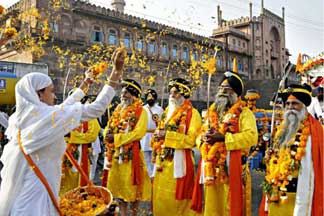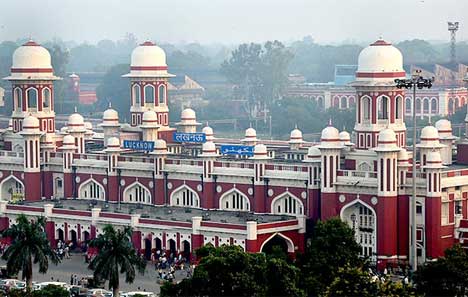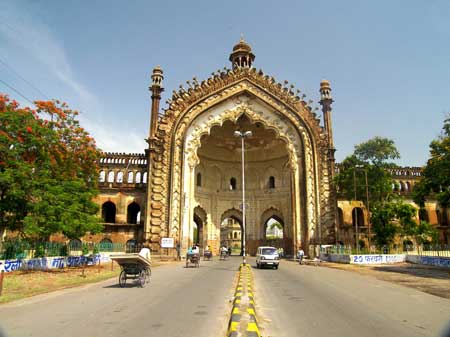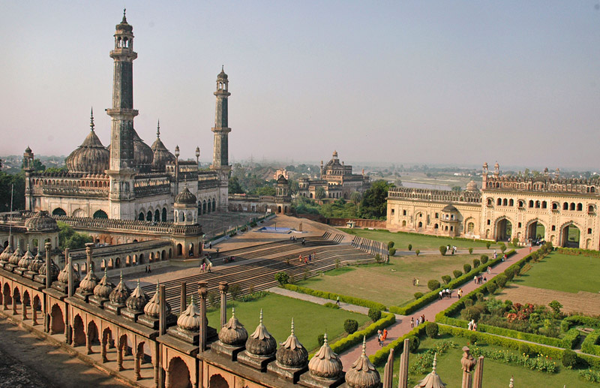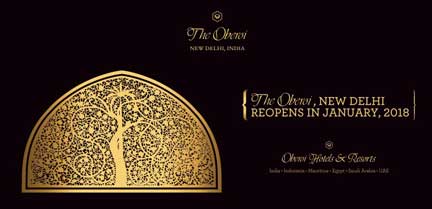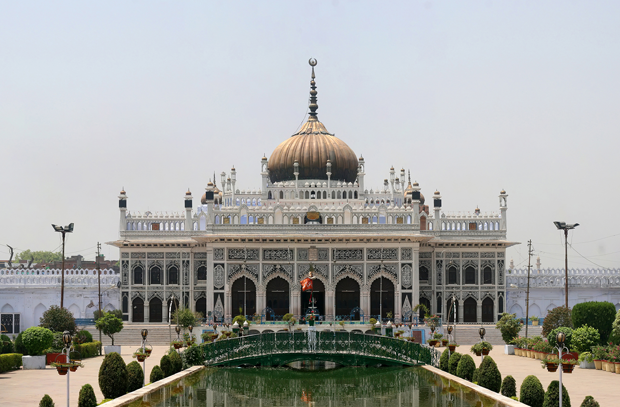|
What to see
Kaiserbaugh Palace Complex
If you're a fan of Bollywood classics like Umrao Jaan and
Pakeezah then you might recognise these palaces as the inspiration for those
opulent sets. Built by Wajid Ali Shah, the last Nawab of Awadh, this palace
complex is now a shadow of its former self but it won’t be hard to imagine
the past. The marble tombs of Sufed Baradari and Paree Khana are stunning,
set as they are in verdant gardens replete with charming fountains.
Constantia
This summer home of East India Company army officer Major General Claude
Martin is now the central jewel in the crown of the prestigious La
Martiniere school. Constructed in the late 1700s, this building is a
sterling example of the mix of European and Indian sensibilities popularly
adopted by Indophiles. A majestic column called Lat rises beside the
building and serves as a memorial to Martin.
The Residency
Built in 1800 by Nawab Ali Khan—the then Nawab of Awadh—to serve as the
residence for the British Resident general, The Residency is now considered
Lucknow’s most monumental landmark. It was a scene to one of the first
uprisings of the First War of Indian Independence in 1857 and quickly became
one of the most talked about battlements during the siege. Today the remains
are preserved and protected by the Archaeological Survey of India. The
cemetery at the nearby ruined church holds the graves of 2,000 men, women
and children, including that of Sir Henry Lawrence, who died defending the
empire. The Residency is now used as a government office, part of which is
maintained as a museum, in which you will find a wide variety of artifacts
and installations that tell the story of the freedom struggle of 1857.
Bara Imambara
Bara Imambara is a Shia Muslim shrine built in 1783 by Nawab Asaf-ud-Daula
in an effort to provide employment for locals who were then devastated by
persistent famine. It's easily the grandest ancient-day structure in Lucknow.
The central hall of the Imambara is 50m in length and 16m wide, making it
one of the largest in the world without any external support of wood, iron,
or stone beams. The complex also has a maze and a step-well meant for
devotees to use.
Hussainabad Imambara
Hussainabad Imambara is also known as the Chota Imambara or Palace of
Lights, after the spectacular chandeliers that light up its gilded interiors
during the festival of Muharram. Replete with gold-edged mirrors, a golden
dome, and silver throne, it is smaller but by no means less grand than the
Bara Imambara. This complex also boasts an imitation Taj Mahal, a decaying
watchtower, India’s tallest clock tower and the one-time summer residence of
Nawab Mohammad Ali Shah.
Rumi Darwaza
After the British crushed the 1857 Indian uprising they entered through this
imposing gateway to the old city of Lucknow. This intricately crafted gate
got its name from its aesthetic inspiration—it’s modeled after a similar
gateway in Istanbul—or Rumi as the city was known in the days of the
Byzantine Empire.
Sikandar Bagh
Believed to have been named after Nawab Wajid Ali Shah's favourite wife
Sikandar Mahal Begum, this 19th century fortified villa hosted many poetry,
music, and dance performances. Sikandar Bagh was also one of the staging
grounds of the 1857 uprising, where more than 2,000 soldiers took on the
British with the support of ruler Begum Hazrat Mahal. Aside from the odd
bullet hole, the peaceful gardens show little evidence of this bloody
struggle but remember to pay your respects.
Shah Najaf Imambara
The mausoleum of Nawab Ghazi-ud-din Haider and his handful of wives takes
its name from the Shiite pilgrimage site of Najaf in Iraq and is a reference
to the revered Hazrat Ali who lies buried there. A lovely garden full of
flowers lies adjacent to the mausoleum, from where one of Lucknow’s biggest
and most elaborate Tazia processions embarks.
Dilkusha Palace
On the banks of the Gomti river lies the Dilkhusha hunting retreat built by
Nawab Sadat Ali Khan. It's one of the few, rare Nawabi structures that are
inspired less by Mughal influences and more by Western design. The forests
that once surrounded this idyllic spot are sadly now long gone but it's
still well worth the visit to Dilkusha Palace.
Jama Masjid
In the year 1423, Sultan Ahmed Shah constructed the Jama Masjid in Lucknow.
It is built entirely of yellow sandstone and is known for its intricate
style of design and architecture.
Clock Tower
Between the Bara Imambara and Chhota Imambara is the Clock Tower of Lucknow.
This huge tower was constructed by Nawab Nasir-ud-Din Haider in the year
1880. The Clock Tower in Lucknow reaches up to a staggering height of 221
feet and is the tallest Clock Tower in India. The Clock Tower also has the
biggest fitted clock that cost the government around Rs. 1.75 lakhs at that
time.
Moti Mahal
The Moti Mahal in Lucknow is one of the most beautiful monuments of India.
The Nawab of Lucknow, Saadat Ali Khan, constructed it. The Lucknow Moti
Mahal is also known as Palace of Pearls. The Moti Mahal is located on the
borders of Gomti and provides a spectacular view of the city of Nawabs. The
Nawabs used this palace to view birds in flight and spend time in leisure.
There are three buildings that comprise the whole construction.
The two other buildings are known as Shah Manzil and Mubarak Manzil. These
two buildings were added later by Nawab Ghazi-ud-din Haider. These were used
by the Nawab to watch animal combats and animal fights. The Moti Mahal is
preserved till date by the concerned authorities and is one of the most
popular tourist attractions of Lucknow.
Annual Festival - Lucknow Mahotsav
The annual Lucknow Mahotsav—or Lucknow Festival—is a 15-day fête held over
November and December to commemorate Nawabi ethos. Plan to visit during this
time and witness the colourful processions, traditional dramas, Kathak
dances, ekka (cart) races and kite-flying, as well as sarangi and sitar
recitals, and performances featuring ghazals, qawalis, and thumri songs.
Begum Hazrat Mahal Park
Erected as a memorial to one of the principal characters of the 1857
uprising, today the park quite rightly hosts the annual Lucknow Mahotsav.
Throughout the year, locals enjoy using the verdant space for exercise,
picnics and to spend time relaxing with friends and family. The best time to
visit is in the evening when the lights go on and the fountains spring to
life. A lovely taste of a slower life.
Best time to visit
Lucknow enjoys a warm subtropical climate with cool, dry winters from
December to February and hot summers from April to May. It’s advisable to
avoid the fog-heavy winter months here, as well as the very wet monsoon
months from June to September. The best time to visit the Nawabi capital of
Lucknow is from October to March, which incidentally is also peak season for
tourist travel.
For More Information
Tourism india management enterprises pvt. ltd.
Plot No. 78, Sector - 44, Gurgaon-122002, Haryana India
Phone :0091-124-4932450 Fax :0091-124-4932499
E-MAIL: timepl@tourismindiamanagement.com
|

